All animals are likely to suffer or catch a disease, chickens are not exempt from these conditions, chicken diseases They are highly contagious to other animals. We invite you to continue reading to find out what they are.

Common symptoms of chicken diseases
First of all we have to be very attentive to what are the symptoms that a hen presents and thus we will know if it is a disease, the possible symptoms are:
- The lack of appetite and ingestion of liquids this can mean that it is a serious illness, as well as when they drink water excessively.
- Expulsion of mucous fluid from the beak and eyes, this is a sure sign that the hen has the flu.
- Make noises when breathing similar to those made by a person having an asthma attack.
- Cough, common symptom in all animals and humans.
- If the hens lay eggs, it means that they are well, however, when they do not, it usually has two meanings, one of them is that the hen is sick and the second is that the eggs are not capable of supporting life. a chicken and for that reason they stop putting chickens
- The excrement of the chickens has a particular odor and is watery, because the conduit through which the feces and urine come out, called the cloaca, makes their excrement come out of the hen in this way, however, when the odor is stronger and more liquid, the hen may be suffering from a disease.
- If the hen is active and you notice her from one moment to the next that she is just lying down, the poor animal is suffering from a disease.
- Depending on the disease they can begin to lose feathers.
- The feathers begin to lose their volume
- Chickens are usually stimulated with corn, like other types of birds, but when they do not respond to this stimulation, it is a clear symptom that they are suffering from a disease.
- If it begins to hide from sunlight or the presence of humans.
- If you notice a progressive weight loss, remember that the hen is a farm animal, normally they are a bit heavy, weighing no more than four kilograms.
- Trouble walking or keeping your balance.
- The stress of having a rooster in the henhouse that usually rides her all day.
Some hens tend to start losing their feathers on a regular basis and this is not due to disease, it is due to poor nutrition or mistreatment from other hens.

Diseases of backyard chickens
When chickens get sick, they always present the symptoms that we described above, however, home chickens always get a specific disease and if they are not in an isolated space, they may infect the pets of the house with the disease they suffer from. It should be noted that if one hen gets sick, all the others will suffer from this disease.
For this reason, they should always avoid the contact of other animals with the chickens and keep them in adequate spaces. If you do not have an adequate space to have a chicken farm, preferably do not have chickens.
diseases of baby chickens
Sometimes the diseases are usually from the time the chicks are born, below, we will explain in a precise way some diseases that chickens can suffer from when they are born:
Marek's disease
This disease is made up of several viruses that are usually very contagious and that, when united in an animal as small as a chicken, cause deformations, tumors, paralysis and even death. This disease has a cure, but it is only used in large chicken farms. industrial, since in a homemade chicken coop the owner of the chickens does not usually take the chick to a veterinarian to get a vaccine to prevent this disease.
What is recommended in homemade chicken coops is to maintain good hygiene, cleanliness is essential to combat this disease and keep your immune system high, since it does not have a cure or treatment to alleviate symptoms.
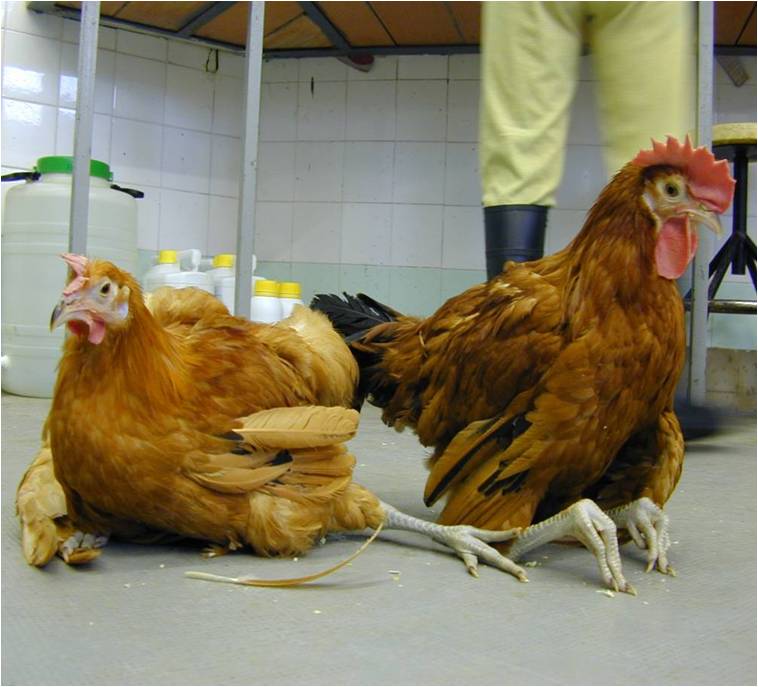
coccidiosis
This is a parasite that lodges in the intestine of the chicken and makes it die, this disease has the highest mortality rate of chickens, its symptoms are very easy to detect since the chicken begins to excrete feces with blood and an odor very strong.
In the same way, it can cause an obstruction in the digestive tract, causing the chicken's excrement to die, since it has no other conduit through which to expel it.
If this disease has a cure, they must clean the chicken's stomach and supply a lighter diet so that the chicken can make a stomach again.

Stiff neck
This is a disease that is linked to Marek's disease in chicks, since as it says it produces paralysis, torticollis in chickens is a paralysis in the chicken's neck that causes them a lot of pain.
Being unable to keep their necks straight, chickens will make involuntary movements such as walking backwards, this is not only due to Marek's disease, it can also occur in chickens if they have little vitamin B in their body, the animal instinct he will force his mother or father to peck him to death.
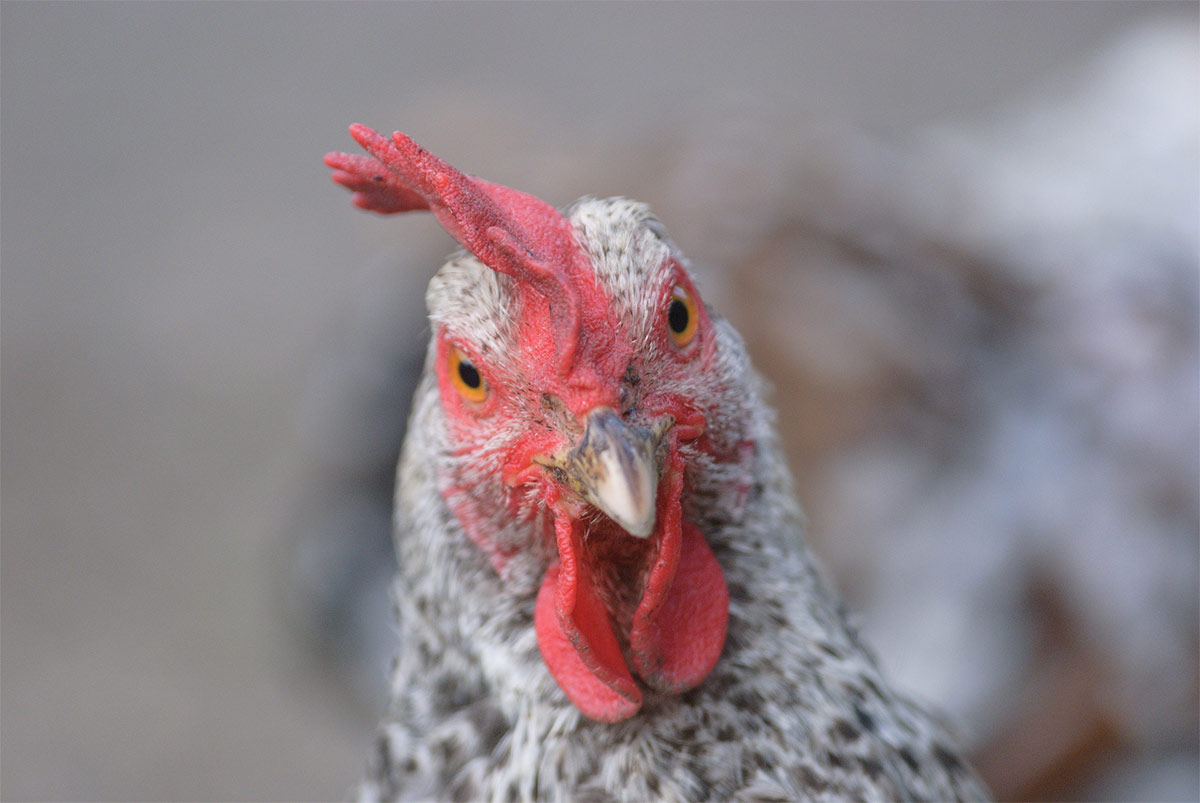
Hereditary diseases
Among these hereditary diseases, the most common is the one that causes the chicken to be born with a crooked beak or with a deformity in the form of a bulge, this disease usually affects more when growing since as a chick, although it is born with them, it does not cause them any discomfort. . As the chicken gets a little older, it may have trouble feeding and breathing.
These deformations can also appear in the legs of the chicken, it is very easy to detect disease in the chicken, since if it is in the beak you will be able to observe it easily and if it is in the legs, you will notice that the chicken cannot get up or stay up.
These diseases can develop more frequently when there are incubation problems, however, if the chick is cared for properly, it can survive.
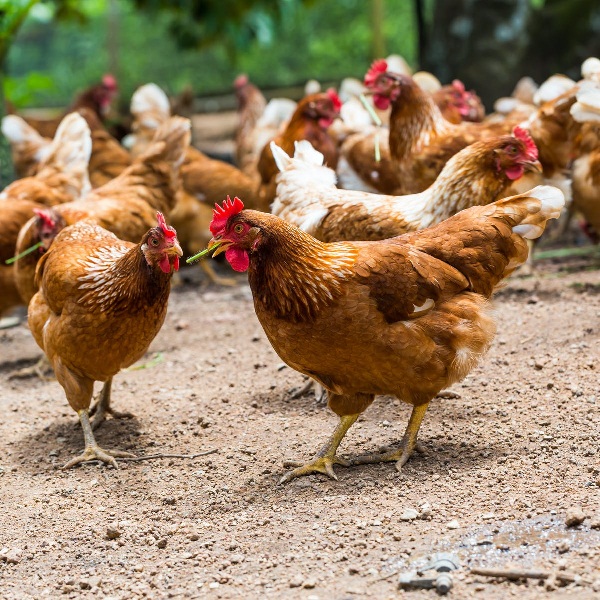
Respiratory diseases
These are the most common and it is because the chickens are very cold, remember that they spend time in the egg hatched by their mother, receiving its heat, when it is born and is immediately separated from its mother, the chicken is prone to to suffer cold, to the chicken to have cold can get sick of some respiratory disease.
The idea of this is that the chicken can be in a warm environment since they do not have developed airways at birth. All this means that the diseases will be stronger in the chick than in the hen or the rooster.
Chicken eye diseases
Chickens have only two well-developed senses, sight and smell, both can be strongly affected by ammonia, ammonia is a toxic substance that chickens excrete through the sewer and its control will depend on the hygiene applied in the area where they are located.
As all dirt linked with excrement produces bacteria and diseases that are difficult to control for all types of animals and even for humans, this disease can cause any bird to go blind.
They can also suffer from conjunctivitis caused by the same factor that we mentioned earlier, dirt or factors related to poor nutrition, however, eye symptoms are present in many of the chicken diseases.
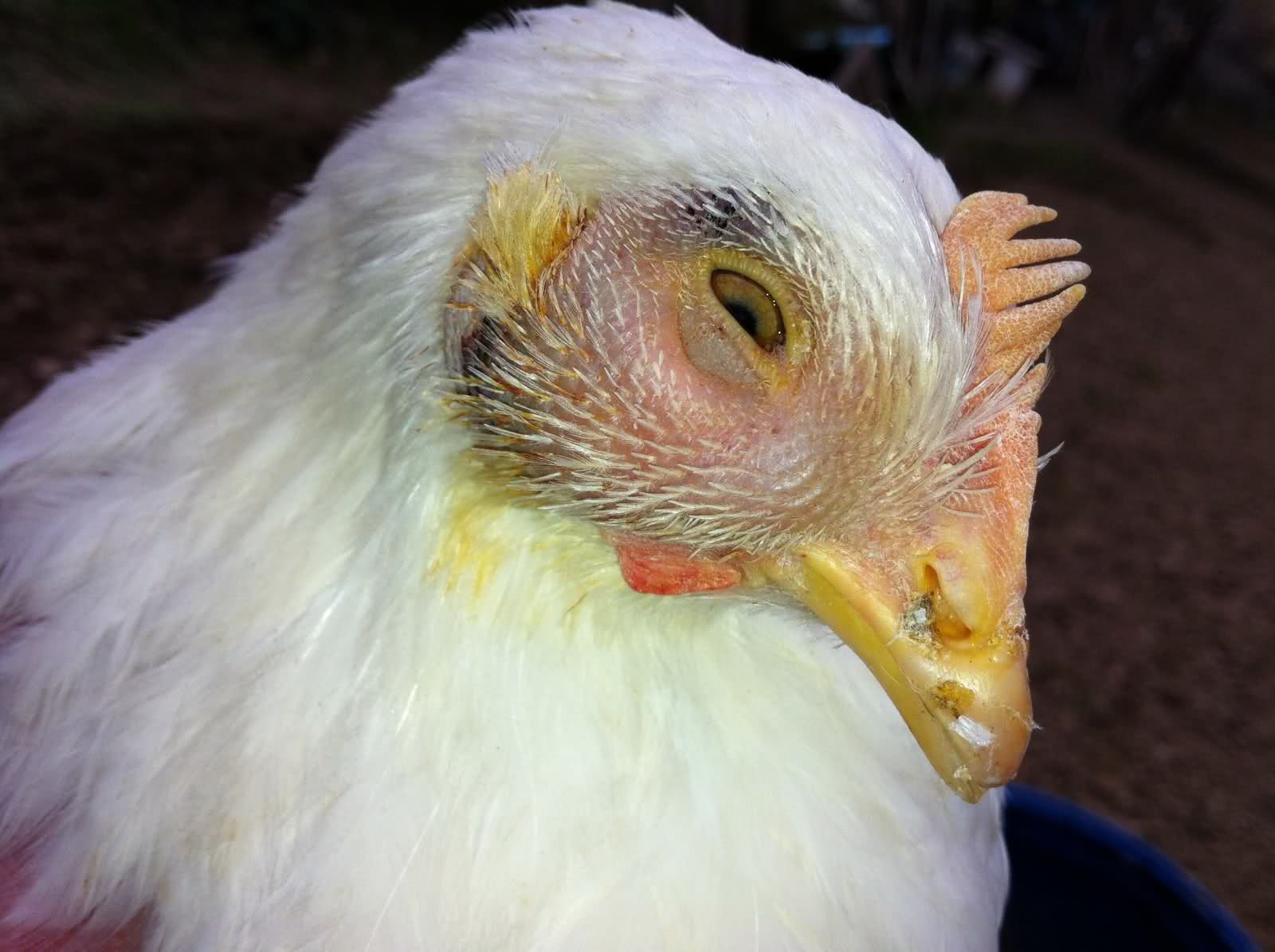
Chicken diseases: Smallpox
This disease is usually a bit aggressive in terms of Types of Birds domestic, such as:
- The hens
- turkeys
- The pigeons
The symptoms usually appear in the respiratory and digestive tracts and can cause the death of any bird mentioned above, the cause of this disease is a double strand of DNA that is produced by a larger virus, this virus has the name avipoxvirus and although it does not affect humans, this virus varies its way of attacking birds, when there is an epidemic this virus usually spreads to many species of birds, however there you know stronger than others some can be controlled others simply end up with the life of the infected bird.
This virus can resist low temperatures, hostile environments, even the dissection of the animal, it is known that even after the bird is dead it can be highly infectious and can thus pass until its total decomposition.
It can be spread by exposure of mucous membranes or by contact of small wounds on the skin with the virus, basically when birds feed on wounds, when they see another sick one and in this way this virus spreads, also one of the factors The most common means of transmission is the mosquito, which can bite again and again and infect the bird. This disease also usually appears when the birds are in captivity, however, there the spread is much greater since the birds can be infected all at once. the time
The culprits of the spread of this virus on a larger scale are the birds that constantly migrate, they usually carry this virus over long distances, infecting all the birds in their path.
Birds of prey are usually the most affected by this virus and it is because they devour the dead meat of any animal and if it is an infected dead meat, it will also contract the disease.
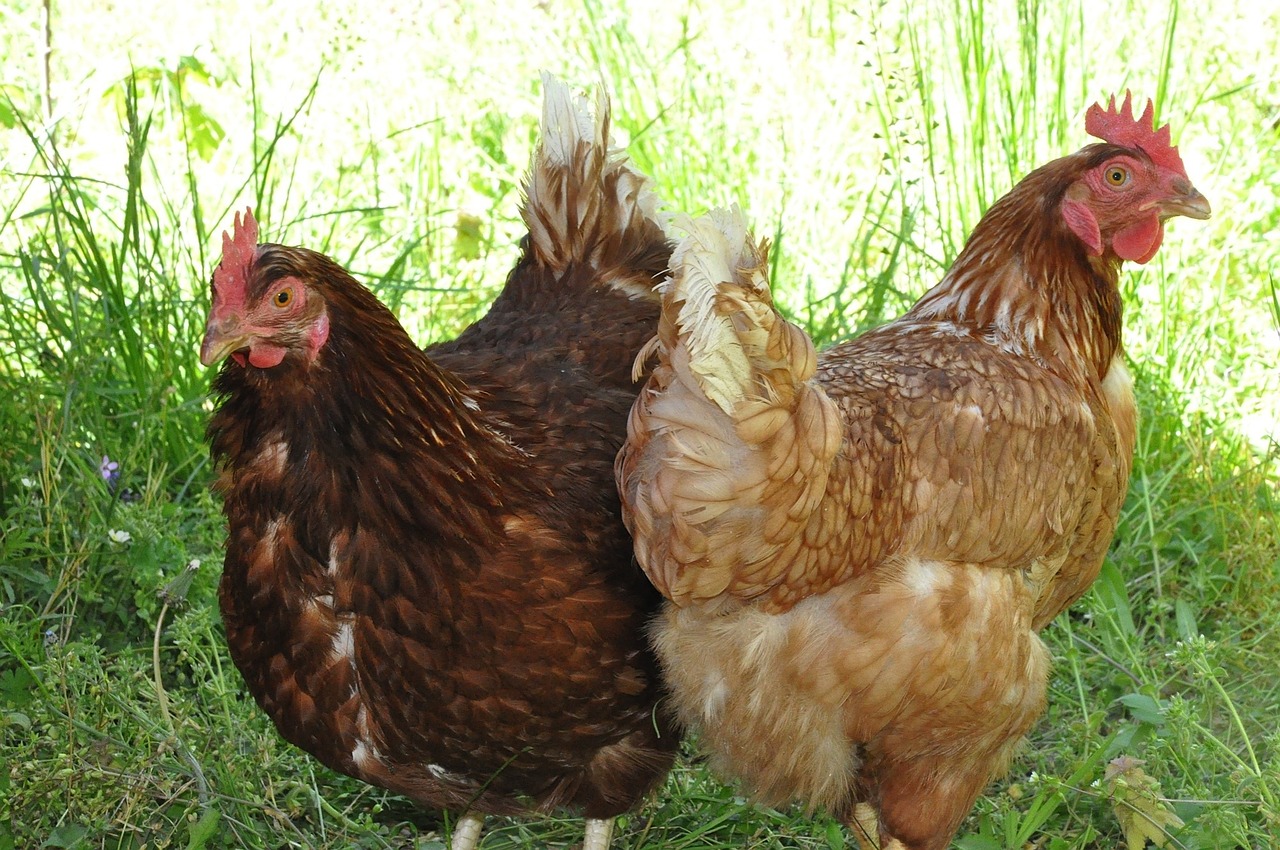
Its distribution is related to areas where there is a high concentration of mosquitoes, without specifying what time of year it may appear. It affects chickens in an indirect way since they do not fly, so their chain of contagion is mosquitoes that are attracted by stagnant water, which in turn, with chicken droppings, creates ammonia that complicates and causes other diseases.
There are two ways to spread this disease, one is in the layers of the skin and another in the respiratory tract, in the layers of the skin they can be spread or manifested by the detachment of the feathers or in wounds on the legs, in the beak , around the eyes and on the wings, when this disease regresses and allows the bird to recover, it usually leaves wounds or lesions on them and this is because they begin to open or make blisters to drain the disease.
The mortality rate is usually low, since the bird itself will be able to drain all the disease through these blisters that have already been mentioned, when the bird dies it is because the disease is complicated by other contagious and infectious diseases.
When the disease occurs in the respiratory tract it is created as a small yellowish tumor, which does not allow it to breathe and eat food, when it is contracted in this way the disease is a little more serious and 50% of the birds die and this is a picture that occurs a lot in chickens.
The only treatment that has worked so far with domestic birds, such as chickens, which are also categorized as farm animals, is vitamin A. There is also a vaccine for these animals to prevent the spread of the disease.
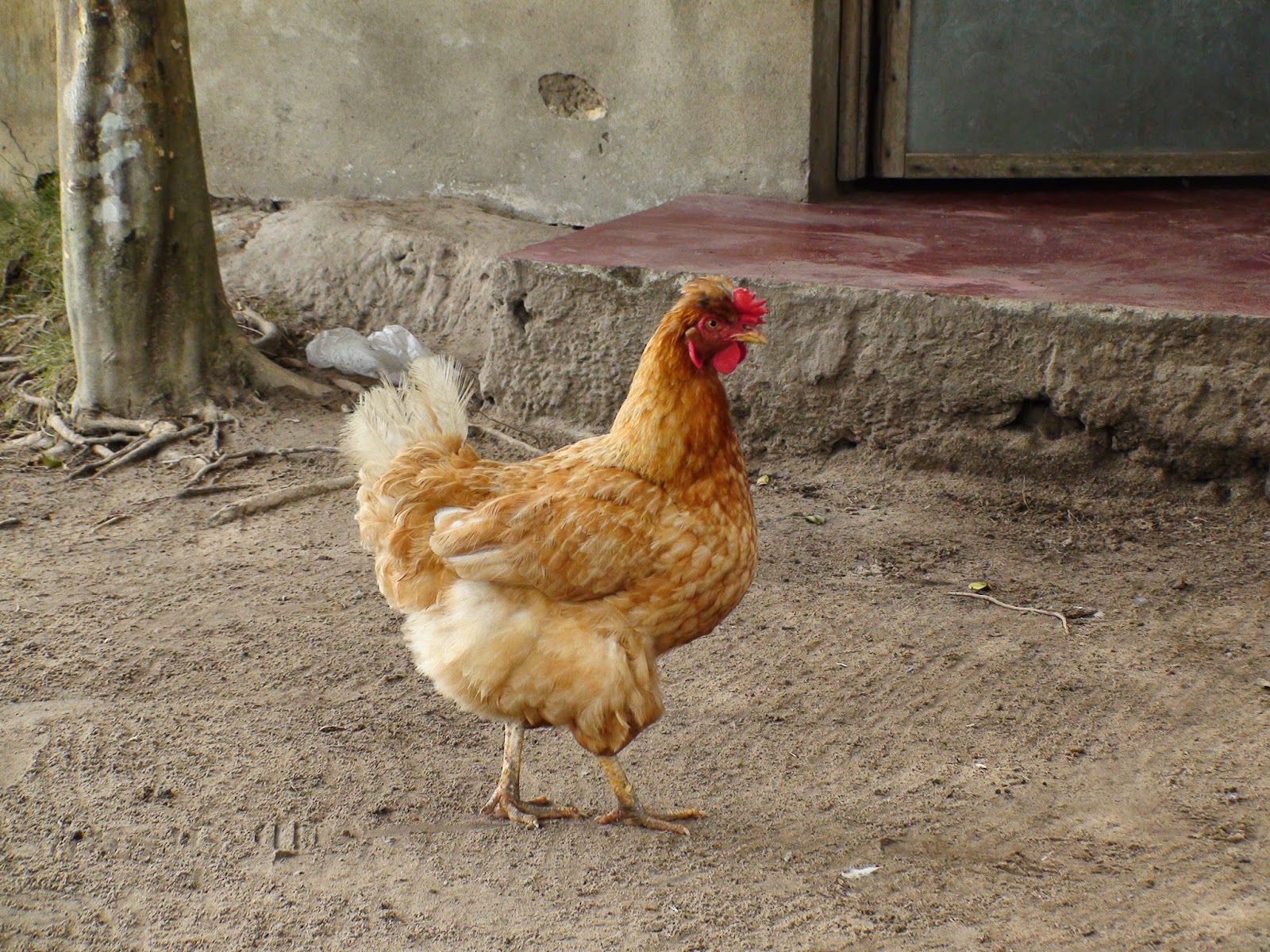
Dermanyssus galinae and other mites in chickens
It is a blood sucking mite such as fleas or ticks in dogs and Siamese catsHowever, this red mite is considered one of the chicken diseases since it only attacks at night when the hen is resting.
It usually lasts only five days of life, but in those five days it spreads in an incalculable way and even in that period of time it can contaminate an entire chicken coop, in daylight it usually hides since it does not resist it, the only way to get rid of these mites is to keep a space clean to the last corner.
The only possible treatment that does not represent an expense for this disease is sawdust, it repels red mites and protects chickens, this mite not only affects birds, it can also affect mammals, it can also be treated with acaricides You can get them at any pet store.
The bite of the mite in the hen can cause scabs that are usually pecked by themselves and bleed, you can also realize if you have this mite in the chicken coop if the hen has red spots on the skin from bites.
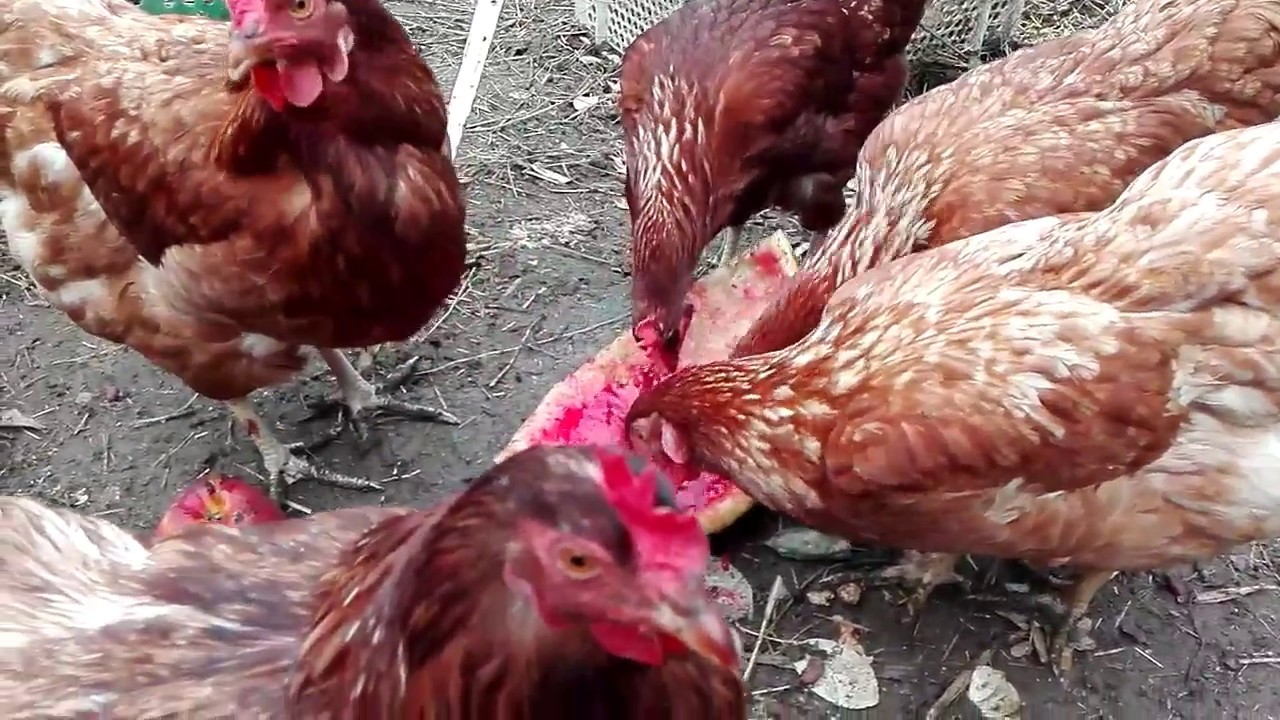
Visceral gout or avian urolithiasis
Visceral gout is a lesson that involves several vital organs, such as the heart, this causes kidney damage and can be caused by some stones that have affected the kidneys and the ureter of the bird, because of this, the affected part of the kidney begins to grow to maintain its function and causes visceral leakage.
Birds may have few symptoms of this disease and die within a few days, however it is one of the diseases of hens that has the highest mortality, since its diagnosis is a little late, because the symptoms appear very late, it should be noted that a hen without kidney function dies thirty-six hours after getting sick, just as in humans, the kidneys perform specific functions in birds and even in chickens, especially in them it has three functions:
- Maintain the chemical composition of the blood.
- Remove metabolic and toxic waste that the hen may ingest or waste.
- Produce hormones for red blood cells.
The cause of visceral leakage may be excess calcium and this mostly occurs in laying hens, when they are used in factories, another may be limestone, which is also produced by excessive consumption of calcium, however, otherwise form since it is obtained from the fine powder that can be carried to them through the corn.
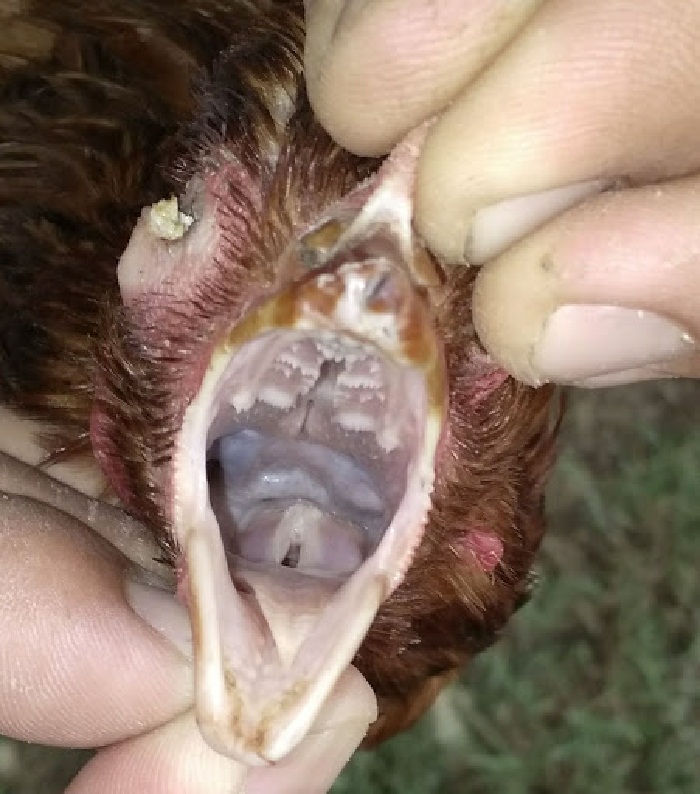
Phosphorus is another cause of this disease in chickens, since it contains an acidifier that turns the chicken's urine acidic and causes kidney stones to form, the sodium bicarbonate that they sometimes eat the hens from the shell of the egg at the moment of the hatching of the chick and this is due to some effect of stress, it can change the dripping and close.
The little consumption of water can damage kidney function as well as in humans, as previously mentioned, vitamin A deficiency can cause many diseases in chickens, however this currently does not happen because of the high demand for vitamin A, the laboratories have begun to manufacture them abundantly and these are tested with the hens to see if they assimilate them correctly, excess protein can also contribute 30% to visceral leakage.
There is a vaccine that helps prevent complications of the disease, however, when it is diagnosed it is too late to place it. In the same way, it can sometimes be seen how this disease can originate from other diseases of infectious chickens, such as:

infectious bronchitis
A disease that is contagious and spreads quickly in birds, compromising their respiratory system, but in turn damages the reproductive, digestive and urinary systems, thus causing kidney deficiency where visceral leakage is automatically produced.
Avian Nephritis
It is a virus that can cause acute inflammation in the kidneys and liver and thus rapidly causes visceral leakage. This disease is very common in Europe and Asia.
Bird flu or avian influenza
It is a disease that mainly affects birds and the ones that are most likely to be infected are chickens and waterfowl, although it is also known that it has sometimes mutated and can infect mammals and even humans, this flu was diagnosed for the first time in Italy in the XNUMXth century and to date it has been distributed and manifested in all the countries of the world.
It is an influenza virus and extremely deadly and is classified into three types:
- Type A: It is the one that is spread only to birds.
- Type B and C: It is when it mutates and becomes contagious for mammals and men.
This disease is highly contagious and has a high mortality rate in birds and even in man, only that for this they have already been able to control it a little more and there are even vaccines against this flu, its contagion occurs mostly in waterfowl , which in turn can transmit it because they are migratory birds, which is why it has been transmitted around the world and has spread.

In 2005 it became known that it was about to become a global pandemic and there was a global health prevention, however, there were many countries that were left out of this risk since the flu did not arrive, this in terms of the humans; in birds it is much more frequent and it can be said that it is a disease that can be transmitted to a million and a half birds daily.
As you know, this disease in a hen is a little more dangerous, because it is one of the Domestic animals which is always in contact with humans and for this reason it is expected that avian flu will at some point become a very dangerous disease for the whole world, as outbreaks continue to appear worldwide even today an outbreak of this disease in China, which was quickly controlled thanks to the vaccine, which was created in the same year that this virus was detected.
Chicken diseases that affect humans
These chicken diseases are usually called zoonotic diseases, which are transmitted by contact with surfaces contaminated by feces or, failing that, by the air or respiratory route, there are only three diseases with the highest incidence, which can affect birds and in turn humans and they are:

- bird flu, as we explained earlier, is a highly contagious disease and has mutated to infect humans, it can even affect the elderly, pregnant women and children, who have a compromised immune system.
- Newcastle disease, this can cause a mild conjunctivitis in man, when he touches a contaminated surface and then passes his hand over his face.
- Salmonella, this disease is not typical of the hen, but its feces in the eggs can cause this disease in man, if he does not wash the egg before cooking it.
There are other diseases of chickens that are usually transmitted to humans, but the cases have not been serious and in turn they have not been refueled with the body that regulates diseases worldwide. The way to avoid all these diseases is to maintain hygiene and cleanliness in all areas where animals are kept.
